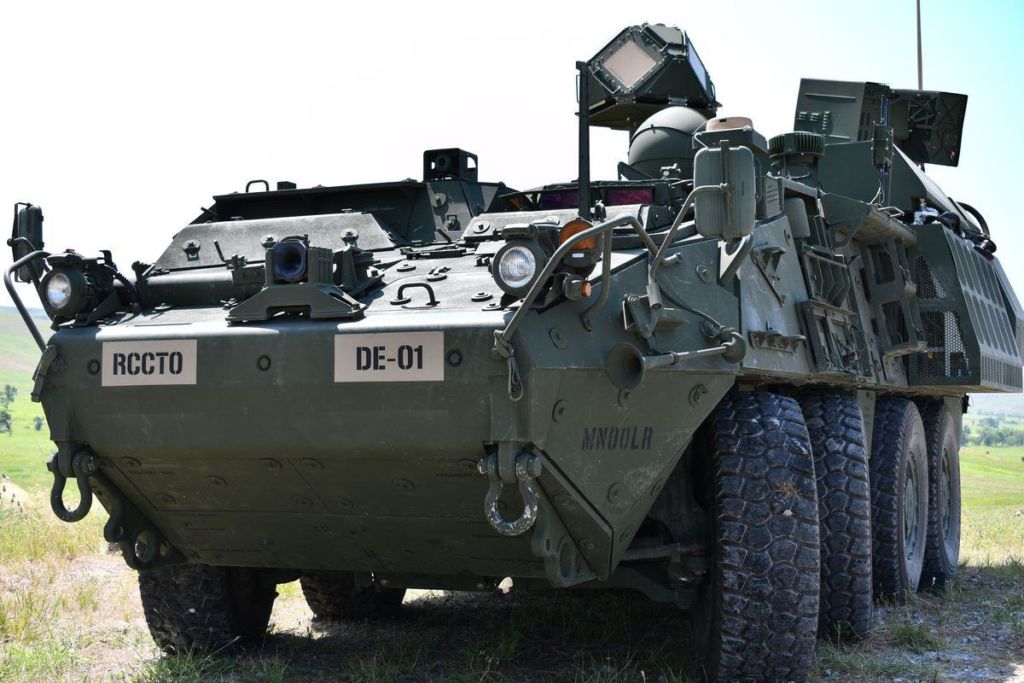
DE M-SHORAD laser anti-aircraft guns are on duty: they can shoot down even artillery
The U.S. Army has just put its laser anti-aircraft gun unit into service. Based in Fort Sill, Oklahoma, the unit took possession of four laser-equipped Stryker infantry fighting vehicles. Each of them is equipped with a 50-kilowatt laser system. Due to the ultra-high speed of light, DE M-SHORADs are able to shoot down something that even the best anti-aircraft missiles cannot do: artillery shells.
The acronym DE M-SHORAD stands for Directed Energy Maneuver-Short Range Air Defense. “Directed Energy” refers to the laser, “Maneuver” refers to the fact that the laser is mounted on a mobile vehicle, and “Short Range Air Defense” is the officially defined mission of the vehicle.
DE M-SHORAD deploys a 50-kilowatt class laser on the Stryker double-hulled infantry fighting vehicle designed to provide additional protection against improvised explosive devices (IEDs) and ground explosions.
An on-board generator powers the laser, and the vehicle is also equipped with on-board threat detection, tracking, and targeting equipment.
The result is an autonomous system that does not require support vehicles, which can deploy and provide air protection for other maneuverable forces such as tank and mechanized infantry companies.
The laser on the DE M-SHORAD works by focusing an intense beam of laser light on a target. The energy intensity of this beam is such that it melts and burns the material. A laser can burn the wings or rotors of a flying drone, and it will fall to the ground. It can also destroy the drone by burning up the onboard circuitry-blinding any cameras operators use to control the drone-or cause the fuel or battery to ignite, destroying the drone.
However, the most interesting thing about DE M-SHORAD is its ability to shoot down enemy artillery. During tests in May 2022, the system shot down artillery rockets and mortar shells.
No other army today has the ability to shoot down enemy artillery missiles over the battlefield. Although sometimes technically possible, the use of expensive guided missiles to destroy inexpensive unguided artillery shells made this impractical. For example, Israel’s Iron Dome defense system uses missiles costing between $40,000 and $50,000 to shoot down rockets that cost between $300 and $800 each.
The new Stryker laser anti-aircraft guns promise a more effective cost ratio for defenders. Although the cost of purchasing the DE M-SHORAD is high, the price per shot is equal to the cost of diesel fuel to generate the electricity needed to power the weapon. It also means that, unlike gun or missile-based systems that rely on individual ammunition to provide a supply of ammunition, as long as there is fuel to power the generator, it can keep firing.
The U.S. Army has handed over the first four DE M-SHORAD vehicles to Delta Company of the 4th Battalion, 60th Field Artillery Regiment. It is unclear how many more Stryker laser vehicles will appear, but after drone attacks that destroyed fully modern main battle tanks in both Ukraine and Israel, drone defense may become a top priority for NATO and Western armies.

